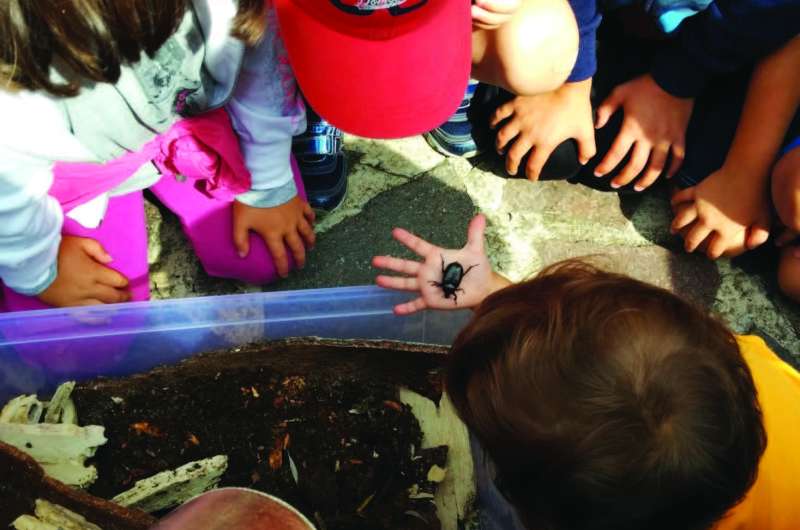Guidelines for the monitoring of beetles protected in Europe

In a set of eight research publications, scientists tested various methods for the monitoring of five European saproxylic (i.e. dependent on dead wood) beetle species protected by the Habitats Directive. The aim of their work was to test and propose a standard method for each species. A key role in this conservation initiative was played by citizen scientists who made it possible for sufficient data to be collected within a significantly shorter time frame.
The special issue "" is the second in succession published in the open access journal . Both are produced within the framework of the European Union's Project "" (LIFE11 NAT/IT/000252 MIPP) and were presented at the European Workshop held in Mantova in May 2017. Colonel Franco Mason, project manager of the MIPP project, notes that the workshop was aimed primarily at monitoring of saproxylic beetles.
While focused on reporting recent findings derived from monitoring surveys across the European Union, the papers in the latest issue are devoted to testing various methods for the monitoring of five selected species of protected beetles, in order to determine the most efficient methods and, subsequently, to propose them as standard methods.
Curiously, the public participation in the project was not limited to ecology and entomology semi-experts and aficionados. The team specifically targeted children when recruiting volunteers. One of the dissemination activities of the MIPP project was the "MIPP-iacciono gli insetti" (translated to "I like insects" from Italian), where 3000 students from primary to high school undertook 60 activities per year in order to learn how to locate and identify the target insects.
"Participation by children in environmental education programmes seems to have a great impact on their attitude and behaviour," notes Giuseppe Carpaneto, Roma Tre University and his co-authors in their introductory .
"Some studies have shown that children who participate in such programmes are more concerned about nature, want to learn more about environmental issues and are more prone to follow pro-environmental behaviour (e.g. waste recycling) than children who did not participate".
In another , included in the special issue, Fabio Mosconi of the Italian and and his co-authors whether a specially trained Golden Retriever could locate the threatened hermit beetle faster and more efficiently than scientists using the standard "wood mould sampling" method.
Journal information: Nature Conservation
Provided by Pensoft Publishers




















